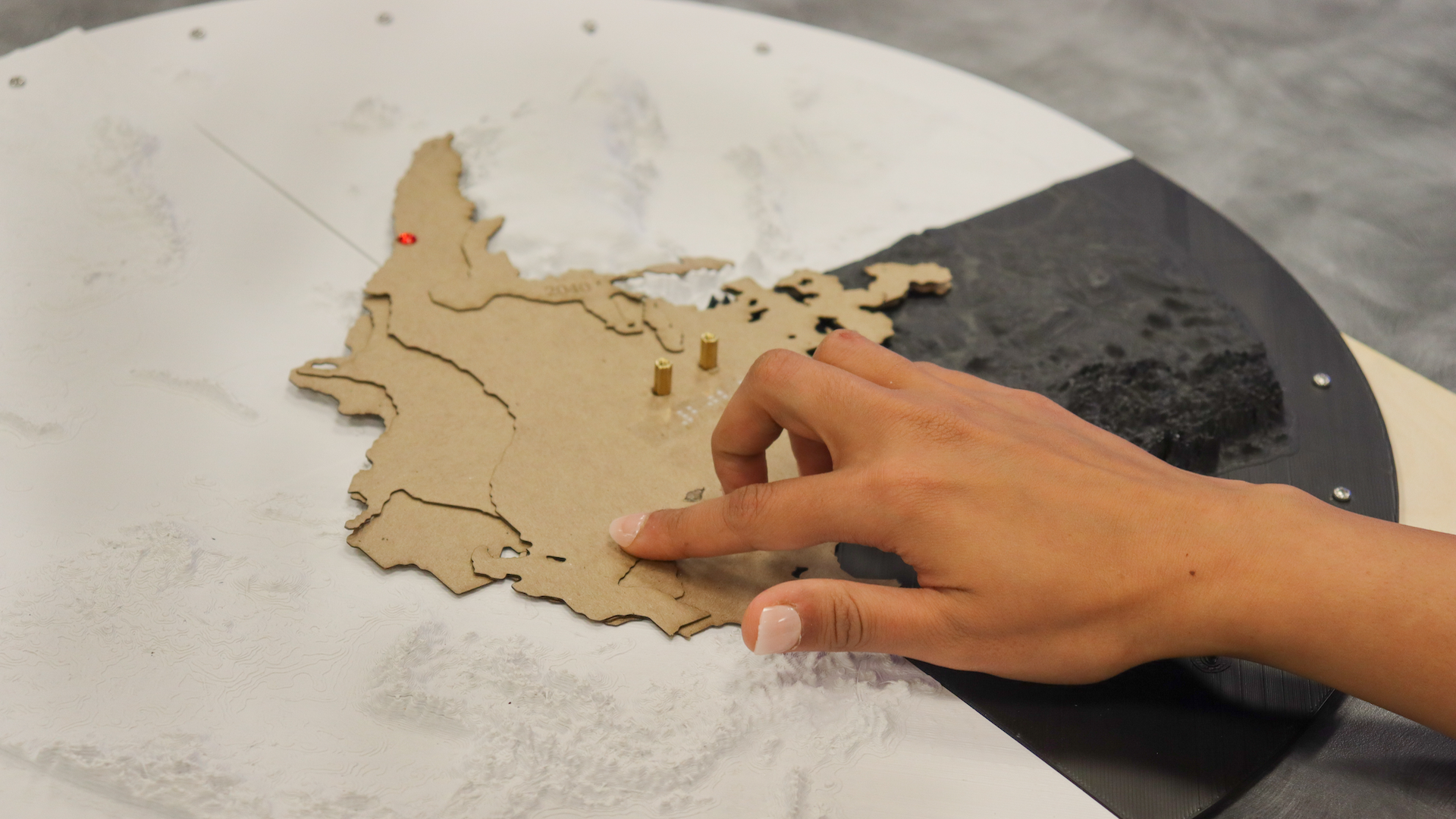Beyond Visuals : Examining the Experiences of Geoscience Professionals With Vision Disabilities in Accessing Data Visualizations
Nihanth W Cherukuru, David Bailey, Tiffany Fourment, Becca Hatheway, Marika Holland, Matt Rehme
View presentation:2022-10-20T20:03:00ZGMT-0600Change your timezone on the schedule page
2022-10-20T20:03:00Z

Prerecorded Talk
The live footage of the talk, including the Q&A, can be viewed on the session page, Scientific Visualization, Ensembles, and Accessibility.
Fast forward
Keywords
Human-centered computing—Visualization—Visualization Design and evaluation methods; Human-centered computing—Accessibility—Accessibility technologies
Abstract
Data visualizations are ubiquitous in all disciplines and have become the primary means of analysing data and communicating insights. However, the predominant reliance on visual encoding of data continues to create accessibility barriers for people who are blind/vision impaired resulting in their under representation in Science, Technology, Engineering and Mathematics (STEM) disciplines. This research study seeks to understand the experiences of professionals who are blind/vision impaired in one such STEM discipline (geosciences) in accessing data visualizations. In-depth, semi-structured interviews with seven professionals were conducted to examine the accessibility barriers and areas for improvement to inform accessibility research pertaining to data visualizations through a socio-technical lens. A reflexive thematic analysis revealed the negative impact of visualizations in influencing their career path, lack of data exploration tools for research, barriers in accessing works of peers and mismatched pace of visualization and accessibility research. The article also includes recommendations from the participants to address some of these accessibility barriers.